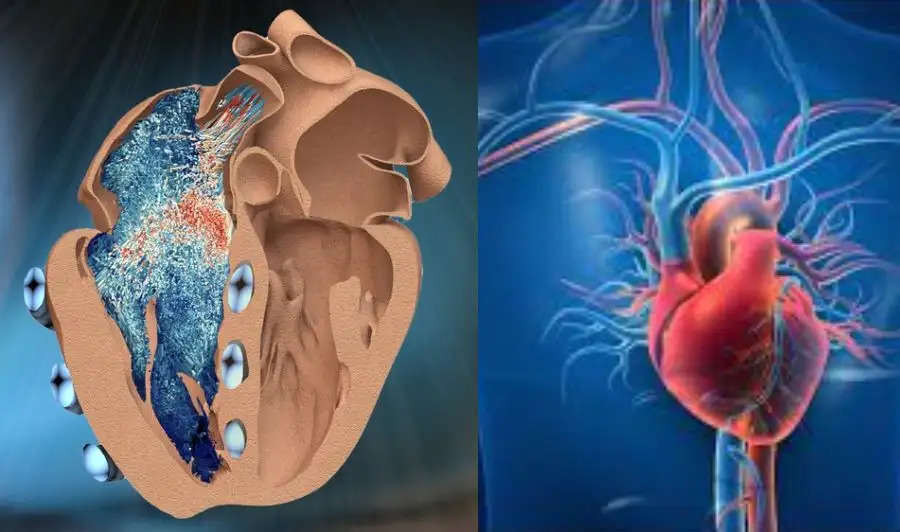Revolutionary Innovation: Indian-Origin MIT Engineer Unveils Robotic Replica of Heart's Right Chamber
Groundbreaking Advancement in Cardiac Technology: MIT Engineer Pioneers Robotic Simulation of Heart's Complex Right Chamber

In a remarkable feat, a team of US engineers, spearheaded by an Indian-origin MIT engineer, introduces a cutting-edge robotic replica that mimics the intricate functioning of the heart's right chamber.
In a groundbreaking development at the Massachusetts Institute of Technology (MIT), a team of engineers, led by an accomplished Indian-origin scientist, has unveiled a revolutionary robotic replica that precisely mimics the intricate dynamics of the heart's right chamber.
This extraordinary innovation marks a significant leap forward in cardiac technology, promising new insights and avenues for medical research and treatment. The robotic replica is designed to replicate the complex movements and functions of the heart's right chamber with remarkable accuracy.
The MIT engineer, whose inventive prowess has been at the forefront of this project, expressed excitement about the potential impact on understanding and treating cardiac conditions. The robotic replica offers a unique opportunity for researchers and medical professionals to study the right chamber's behavior and responses in a controlled and replicable environment.
The development of this robotic simulation is a testament to the convergence of engineering brilliance and medical science. It opens doors to advancements in cardiovascular research, paving the way for innovations in diagnostics, treatment modalities, and medical training.
The heart's right chamber plays a crucial role in maintaining circulatory function, and understanding its complexities is vital for addressing various cardiac issues. The robotic replica, equipped with state-of-the-art technology, provides a dynamic platform for in-depth exploration and experimentation.
As this groundbreaking innovation takes center stage, it underscores the invaluable contributions of Indian-origin scientists and engineers to cutting-edge research and technology. The MIT engineer's leadership in developing this robotic replica exemplifies the fusion of expertise and vision, pushing the boundaries of what is achievable in the realm of medical innovation.
In the realm of medical breakthroughs, this robotic replica stands as a testament to the limitless possibilities when brilliant minds converge to address critical health challenges. The MIT team's achievement marks a defining moment in the trajectory of cardiac research and holds immense promise for the future of cardiovascular medicine.
